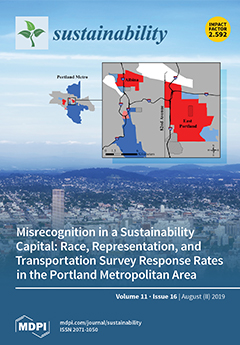Bringslimark, Hartig, and Pati conducted a literature review of empirical studies investigating the psychological benefits of indoor plants, all of which adopted an experimental design and were written in English. However, the researchers did not follow the rigorous Preferred Reporting Items for Systematic
[...] Read more.
Bringslimark, Hartig, and Pati conducted a literature review of empirical studies investigating the psychological benefits of indoor plants, all of which adopted an experimental design and were written in English. However, the researchers did not follow the rigorous Preferred Reporting Items for Systematic Reviews and Meta-Analysis (PRISMA) protocol. Additionally, the reviewed data were obtained at least a decade ago, and thus require an update. Therefore, the present article reports a systemic review of the quantitative empirical research (in English and Chinese) exploring the effects of indoor plants on subjective psychological perceptions. The information sources were mainly Web of Science (1900–) and WANFANG DATA (1980–), in which only empirical studies using quantitative methods were selected. The eligibility criteria were studies (1) involving any participants, (2) regarding indoor plants (real or surrogates) as an intervention, excluding those equipped with a power-driven biofilter, (3) involving comparators to facilitate within-subject and between-subject comparisons, (4) presenting psychological perceptions as outcome measures, and (5) of all study designs. The two authors collected 45 journal papers (with 50 studies in total). The (1) authors and publication years, (2) participants’ nationalities, sex, and age, (3) number of interventions, (4) duration of plant exposure, (5) participant–plant distance, (6) experiment room size, (7) room climate (i.e., lighting, temperature, and humidity), (8) study designs (i.e., experimental, field experimental, quasi-experimental, field quasi-experimental, or survey designs), and (9) self-reported perceptions (i.e., emotion, cognition, health, restoration, thermal comfort, productivity, and satisfaction) were identified and reviewed. These 50 studies were also analyzed for their quality. Most had moderate research quality. The synthesized results of the reviewed studies showed that the most noticeable effects of indoor plants on participants were increasing positive emotions and reducing negative feelings, followed by reducing physical discomfort. Because members of the general public today spend most of their time indoors and are faced with increasingly severe problems associated with physical–mental health and wellbeing, the application of indoor plants to improving people’s physical–mental health is worth exploring.
Full article





